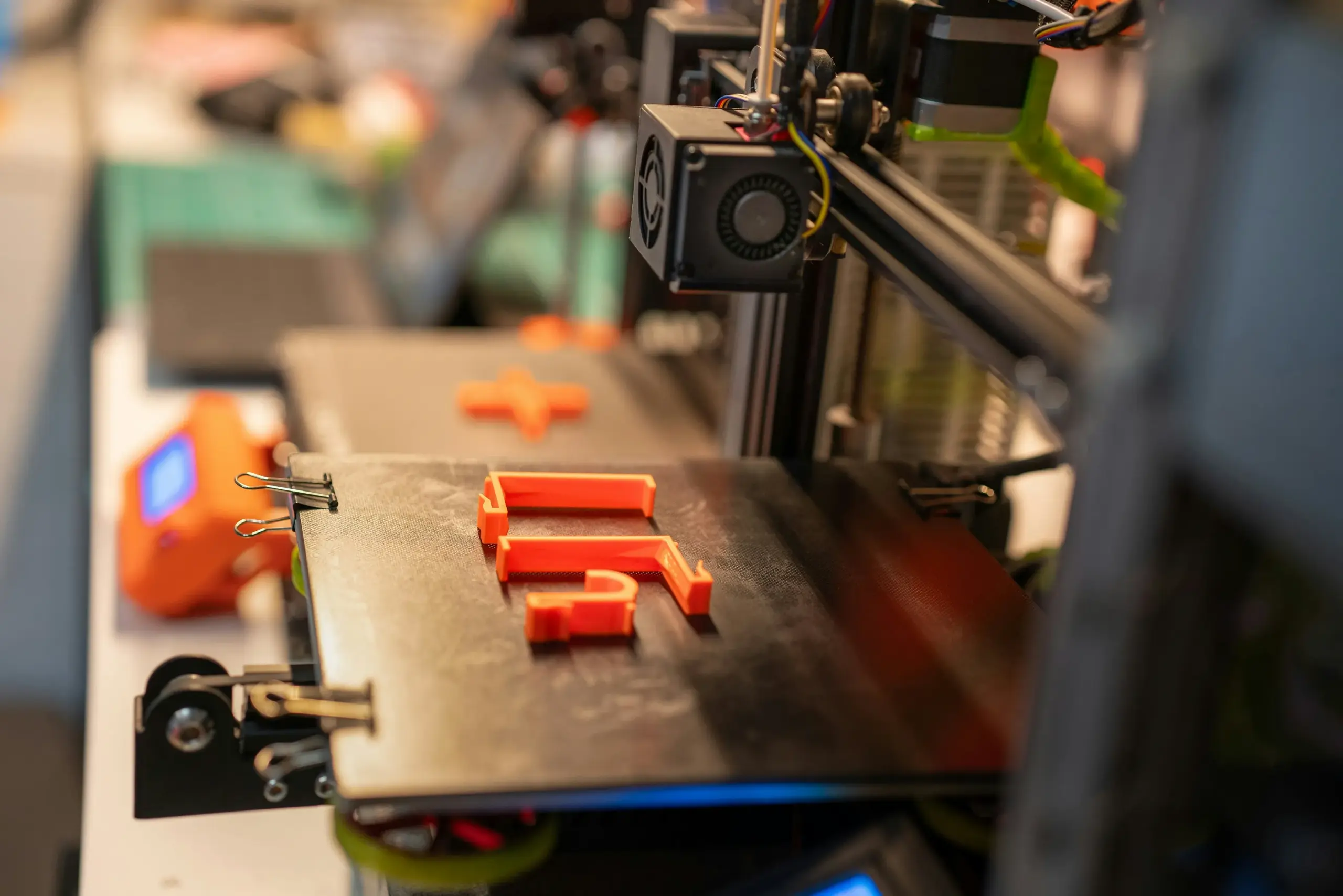 Traceability and Circular Economy
Traceability and Circular Economy
 Photo by Gajus-Images on EnvatoElements
Photo by Gajus-Images on EnvatoElements
In recent years, the term EPR has become a buzzword along with sustainability. Extended Producer Responsibility (EPR) has emerged as one of the top solutions to manage the plastic packaging waste problem, and it promises a lot of economic benefits, too. These, along with the huge imperative to secure a waste-free future, have made EPR Law a necessary regulation to be adopted by most nation-states.
In the Philippines, the RA 11898 Extended Producer Responsibility Act of 2022 specified targets that businesses must meet. By the end of 2023, they must at least have a 20% recovery rate until it reaches 80% by the end of 2028. The Philippines Government recommended six recovery programs which they can implement depending on their means. The law permits enterprises to tap Producer Responsibility Organizations (PROs) to do the compliance on their behalf. The program started in February 2023 making it mandatory for enterprises to register their EPR programs with the National Ecology Center (NEC) that is directly managed by the National Solid Waste Management Commission.
EPR, as a policy approach, shifts the burden of plastic packaging waste problem back to the producer. So you may be asking, how does it relate to the economy? How does it generate benefits for the government and surrounding communities? Let’s explore the relationship between EPR and the economy.
Socio-economic benefits of EPR
EPR is known to create more opportunities for plastic packaging to be repurposed and recycled. In managing waste, huge benefits open up for the economy especially in managing the scant resources of nation-states.
Currently, product packaging follows a single use culture. This requires incessant production of packaging and other materials related to the marketing and advertising needs of a product. This entails huge costs and tapping of resources. With EPR it helps plan better ways to use these resources and reallocate the funds. To better understand, below are the top five benefits EPR provides to the economy.
1. Reducing Waste and Landfill Burden
The top goal of EPR is the huge reduction of waste generated and sent to landfills. With most landfills occupied and used for these wastes, there is little available space to use. Under the EPR law, reduction is achieved through a combination of ways such as product design optimization, recycling initiatives and use of sustainable materials.
In Canada, the implementation of EPR has resulted in the huge decline of wastes sent to landfills from 466 million tonnes in 2010 to 397 million tonnes in 2017. This 14.8% reduction speaks volumes to the effectiveness of EPR in solid waste management1.
In the European Union, there has been a noticeable decline in the generation of waste and the emission of harmful pollutants2. The European Environment Agency reported that recycling rates for the products covered by EPR laws have increased. This has improved the situation in most landfills. This has redirected the funds for managing these landfills to more productive projects for local economies. In effect, it helps communities to have better access to public goods offered by local government units.
2. Consumer Behavior and Market Signals
 Photo by westend61 on EnvatoElements
Photo by westend61 on EnvatoElements
Through the valiant efforts of environmentalists and the outcry on social media in recent years, consumers have become more conscious of the products and brands they patronize. In fact, consumers look for brands that support social causes. The EPR law shares a similar influencing factor to dictate the behavior of consumers and the market.
The overall impact is a commercially viable and economically feasible demand of sustainable products in the market, which drives producers to compliance. They will look for ways to make the packaging and design more durable, repairable and recyclable. This will shape market trends and influence the consumption patterns of clients. In a way, both the producers and consumers are in a self-enforcing cycle of making environmentally conscious decisions that lead to sustainable consumption.
Studies have shown that shifts in consumer preferences and consumption patterns have been noticeable in countries with well-established EPR laws. In a study by Nielsen, consumers are more willing to purchase products that are more environmentally friendly and sustainable despite the premiums attached3. This is supported by a research made by Zeno in 2020 wherein they surveyed 8,000 consumers across eight countries (i.e. US, Canada, UK, France, China, India, Singapore and Malaysia) on their evaluation of 75 selected brands. Their findings showed that consumers are four to six times more inclined to patronize companies with strong societal purposes over the weak ones4. These fresh insights provide a good outlook for businesses to expand and explore greener alternatives in their market dealings.
3. Fostering Innovation and Local Businesses
One of the key features of EPR is to encourage manufacturers to explore other packaging designs that are less harmful to the environment and can be easily repurposed. This incentivizes the growth of various small to medium scale local businesses engaged in developing sustainable materials. In fact, Social Plastic® and bioplastics have emerged as alternative materials to produce plastic packaging. Unlike their petroleum counterparts, Social plastic is made out of reprocessed used plastic while bioplastics are made out of biological materials5.
Socialization and adoption of sustainable packaging is revolutionizing several product categories in the global economy. In Belgium, this has increased the revenue of the printed paper packaging industry by 45% from 2007 to 20136. Most of the companies who participated are startups and other innovative local businesses.
On the other hand, the Philippines has started normalizing sustainable packaging in the annual ProPak Philippines where companies exhibit their innovative packaging. Some companies use bamboo, leaves, Retort Pouches and Bare Bones, to name a few7.
4. Economic Incentives for Producers
To encourage producers and manufacturers to comply, the EPR incentivizes companies to ensure that their whole supply chain adheres to sustainable practices. cost-efficiencies are motivating companies to reassess and align their resources to more sustainable packaging.
In countries where EPR is implemented, a huge decline in hazardous materials and packaging waste materials was noticeable. This impacts the producers as they do not need to consistently spend resources in raw material costs and the potential regulatory fines. Hence, adhering to EPR principles allow competitive economic resilience and continuity to businesses.
In the Philippines, the IRR provides tax incentives, deductions of EPR investment to gross income, and tax exemptions to donations, legacies and gifts. A good sample of this tax incentive is the Bureau of Internal Revenue’s (BIR) income tax holiday (ITH) that lasts for four to seven years. They are also given a 10-year 5% Special Corporate Income Tax (“SCIT”) on gross income8. These are just some of the potential benefits enterprises can enjoy if they remain compliant with EPR regulations.
 Photo by westend61 on OksaLy
Photo by westend61 on OksaLy
5. Stimulating Green Innovation and Job Creation
Apart from product packaging, producers are incentivized to develop and innovate products that are environment-friendly. This drives businesses to explore sustainable innovation, giving rise to new markets and industries. In addition, new methodologies of collection, recycling and recovery systems are developed. This transition promotes employment opportunities for local communities.
In countries where EPR is well-established, investment in research and development has increased substantially. This rise results in an increase in new job opportunities in other sectors especially those involved in developing designs, technologies and deployed personnel in-charge of the collection and recycling.
In Canada, the Blue Box program is an example9. Recycling in Ontario has created 22,000 jobs that contributed to almost $2.3 billion to the province’s GDP in 201610.
In 2021, a study by John Dunham and Associates found that in the US alone, the recycling industry has generated 506,000 jobs, $35.70 billion export-related revenues and a whopping $117 billion share to the country’s GDP11.
Moving forward
Without a doubt, EPR has emerged as a potent tool to fight environmental degradation. With the recent advancements, it has also become a tool for poverty alleviation. The example above is a resounding testament of the success it has created, and with countries increasingly adopting, its impact is expected to double.
As nations grapple with the challenges brought about by waste management and pollution, embracing the EPR becomes a good option not just to deal with the plastic packaging problem, but also poverty alleviation.
Partnering with waste diverting organizations like Plastic Bank could be beneficial to manufacturing and packaging companies. Plastic Bank promotes a circular economy by empowering collection communities with the plastic that they collect. They exchange this for collection bonuses that help them access life-improving benefits like groceries, internet connectivity, and many more. By supporting collection communities, companies will not just be able to move forward with the EPR requirements, but also create social impact across recycling communities.
- Diggle, A., & Walker, T. R, “Implementation of harmonized Extended Producer Responsibility strategies to incentivize recovery of single-use plastic packaging waste in Canada,” Science Direct, 2020, Implementation of harmonized Extended Producer Responsibility strategies to incentivize recovery of single-use plastic packaging waste in Canada – ScienceDirect
- European Environment Agency, “Waste Recycling in Europe,” www.eea.europa.eu, 11 Nov 2022, Waste recycling in Europe (europa.eu)
- Nielsen, “The Sustainability Imperative,”www.nielsenniq.com, Oct 12 2015, The sustainability imperative – NIQ (nielseniq.com)
- Zeno Group, “How Purpose-led Companies Drive Business Success,” www.zenogroup.com, June 17 2020, How Purpose-Led Companies Drive Business Success| Zeno Group
- Sarah Gibbens, “What you need to know about plant-based plastics,” www.nationalgeographic.com, Nov 16 2018, Bioplastics—are they truly better for the environment? (nationalgeographic.com)
- EY Global “Belgium implements EU plastic tax measures.” www.ey.com, Dec 2 2020, EY – Global
- Manila Bulletin, “PH consumers increasingly shifting to green packaging, www.mb.com.ph, Jan 4 2020, PH consumers increasingly shifting to green packaging (mb.com.ph)
- PWC, “Corporate Tax Credits and Incentives,” www.pwc.com, Jul 1 2023, Philippines – Corporate – Tax credits and incentives (pwc.com)
- RPRA, “Blue Box Program,” www.rpra.ca, ND, https://rpra.ca/programs/blue-box/stewardship-ontario-program/
- Glen Murray, “Strategy for a waste-free Ontario: Building the Circular Economy,” www.ontario.ca, Feb 28 2017, Strategy for a Waste-Free Ontario: Building the Circular Economy | ontario.ca
- John Dunham & Associates. “Economic Impact Study: Executive Summary 2024.” Recycled Materials Association, 2024, https://www.recycledmaterials.org/wp-content/uploads/rema-econmic_impact_executive_summary_2024.pdf






